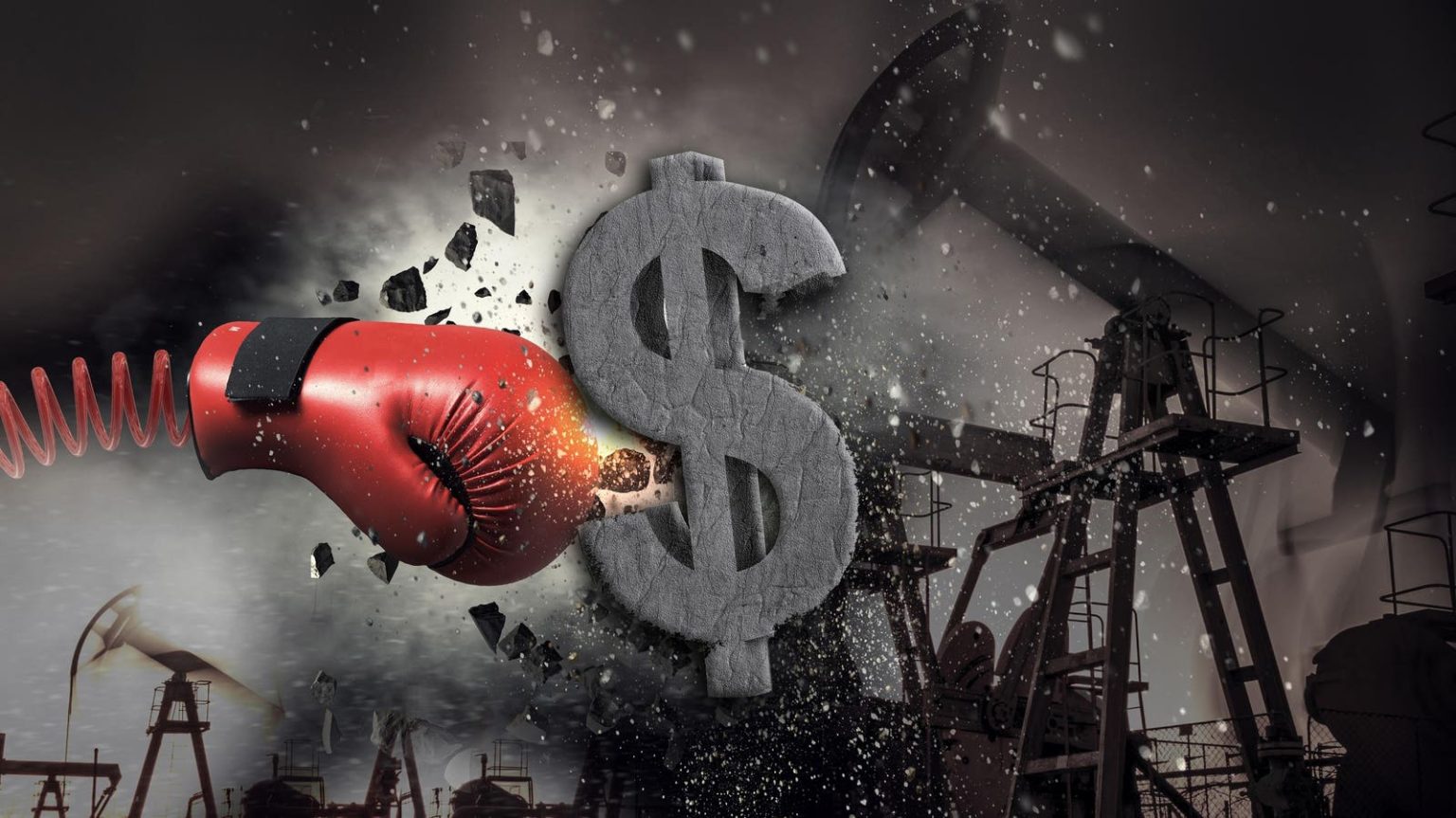The famous philosopher Rocky Balboa once said: “It ain’t about how hard you can hit. It’s about how hard you can get hit and keep moving forward.”
Amid mixed signals, Middle East conflict, rising inflation, rising interest rates, political and regulatory headwinds, and other factors the oil and gas industry continues to perform and cycle upwards. For the year to date the S&P Oil and Gas Exploration & Production Select Industry Index has gone up over 7%. For the past three years the index has had an annualized return of over 48%. The S&P 500 has only a 7% annualized return itself over the past three years. It’s a marked change from the decade long dry spell the industry had, particularly 2014 and 2015. In a time where numerous things could dampen demand, prices, profits, and valuations the industry continues an upward trend. In addition, some defensive posturing that the industry has taken in recent years may pay off in ways that were not immediately obvious. Capital discipline, low debt, and improved technology have helped set the stage for the current conditions which should allow oil and gas producers to keep moving forward.
Capital Discipline & Deleveraging
Oil prices have continued to be relatively strong for nearly two years now, rarely dropping below $70, sometimes topping $100, and averaging closer to $80. This is a far cry from the years and years of $50 oil (or less). More on that later. However, amid that strength of sustained higher commodity prices and the corresponding profitable drilling locations, rig counts have dropped year over year according to Baker Hughes
BHI
Another form of capital discipline has been the continual deleveraging trend. I have written on this before, but not in this interest rate environment. As the cost of debt capital goes up, the industry’s deleveraging will have another silver lining: directing more operating profits to shareholders instead of bankers. Operating decisions at many companies will be less immune to upward interest rate pressures or refinancing risks. On top of that – bankers often require companies to hedge large portions of their production to ensure downside protection for their debt. However, the trade-off companies make is that they also often give away some (or a lot) of upside commodity price potential. This is less of a problem when debt loads are low. Lastly on this front, bankers are not the only capital source that has been reticent to supply new money to the industry. Equity investors have desired to do more harvesting than planting in the oil and gas sector, thus there has been less capital available to aggressively pursue drilling plans.
Higher Forecasts For Commodity Prices
That’s not to say that drilling plans do not look good right now. They do. Not only are oil prices above $80 now, but the tail of the futures curve suggests prices above $60 as far out as 2029. Fed Energy Survey participants agree – prices should be buoyant into the intermediate future. This is arguably more important to management teams as they marshal resources for long term projects. Dan Pickering of Pickering Energy Partners thinks oil will be around $80 in 2027 and that the upcycle will be continuing. Part of this is fueled by prior and continuing investments in oil and gas pipelines in the past several years and LNG infrastructure. The cheaper access to markets has helped to manage constrained or stranded supply (particularly gas). At the same time the conceptual rationale for pricing is particularly circular. Constrained capital discipline will slow supply growth to match demand and vice versa, but there are other factors as well – more global ones on the supply demand seesaw.
Global Production
The global market is a little more unstable, but events more recent in Israel and in the Russian/Ukrainian war have had more muted effects on global supply of oil than otherwise might be thought. While European sanctions on Russian gas appear to have been effective, Russian oil has found its way to other markets. This has helped to limit price shocks. (Side question: what might happen if Venezuela remounted its petroleum horse again?)
However, as the shale revolution matures and Tier 1 drilling locations shrink, it will get harder to maintain and grow supply compared to demand. Now this could balance out in future years as demographics age and world population potentially slows and shifts. Nonetheless, one factor that could change the equation back to a more aggressive drilling posture is that oil will probably peak again in the next 20 years. As such, exploration will come back into the conversation as fields mature and declines increase. Even the Biden Administration relented on some offshore drilling leases, albeit minimally.
What this means for energy valuations is that the upswing over the past few years does not appear to be peaking anytime soon. While there will be winners (most likely larger operators) and losers (most likely smaller operators), the sector’s overall value continues to move forward.
Read the full article here





